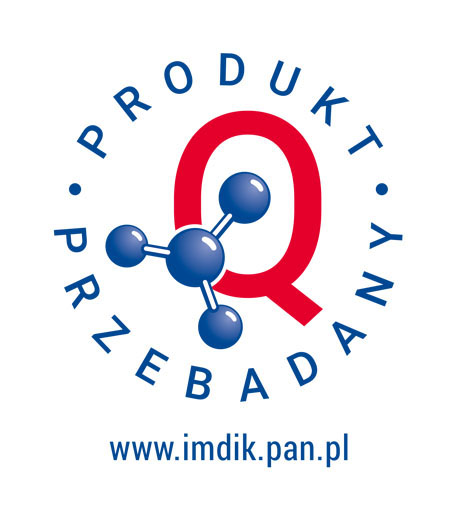Hepatic encephalopathy (HE) is a complex neuropsychiatric syndrome associated with impaired clearance by dysfunctional liver of circulating toxins, which eventually enter the brain. HE is a severe socioeconomic burden and affects the life quality of more than a million of EU citizens. Brain edema is the main cause of death patients with acute HE or following acute episodes of chronic HE. Brain edema in HE is both cytotoxic and vasogenic in nature, with the latter being related to impaired control of water and osmolyte fluxes across the blood brain barrier (BBB). Ammonia plays a major role in the pathogenesis of HE, its toxic effects being potentiated by blood-born inflammatory cytokines. The nature of BBB changes has not been studied in enough detail to appreciate their role in the development of vasogenic brain edema. The structure and spatial organization of the BBB is complex. The current view subdivides BBB into horizontal and vertical components reflecting cell-cell and cell-matrix interactions, respectively. The horizontal component consists of tight junctions between the brain endothelial cells along with adherent complexes, whereas the vertical component is represented by endothelial and astrocytic adhesion receptors of the extracellular matrix. Recent data indicate that functioning of different constituents of the BBB is modulated by the non-coding single-stranded RNAs - microRNAs (miRNAs) (miR29, miR155, miR146, miR15a, miR126) and that, the modulation is altered under different pathological conditions of the CNS. Own preliminary experiments (outlined in the full project description) demonstrated HE-related changes in the expression of miR15a and miR155.
We hypothesize that alterations in the miRNA repertoire may be instrumental in triggering and executing the different aspects of BBB disruption in HE. The specific aims of the project are: 1.Evaluation of expression and function of the vertical (cell-extracellular matrix) component of BBB in HE. 2.Screening of relevant miRNAs associated with BBB integrity and inflammation in in vivo and in vitro HE models. 3.Analysis of the effects of manipulation with the expression of preselected miRNAs using mimic-miRNA and/or anti-miRNA in the in vitro models. Experiments will be conducted on: (1) rat in vivo model of HE associated with thioacetamide-induced liver failure. (2) in vitro models using rat brain endothelial cells-derived cell line (RBE-4), cultured primary brain capillary endothelial cells (BCECs), and mixed cultures reproducing interactions between brain endothelial cells and other cell constituents of the BBB (astrocytes, pericytes) treated with ammonia and/or inflammatory cytokines. RBE-4 or BCEC cells with an upregulated (mimic-miRNA) or downregulated expression (anti-miR) of selected miRNAs will be also employed.
Using mimic-miRNA and/or anti-miRNA, and pharmacological approaches (specific enzyme/receptor activators/inhibitors), the effects of preselected miRNAs on the following processes will be studied: (i) HEaffected BBB structure and permeability using different non- and fluorescent markers, (ii) expression and function of BBB constituents, (iii) activities of signaling pathways pertinent to BBB functioning (MAPK, ERK), (iv) astrocytic Ca2+ fluxes, among others. The structure/ultrastructure and functional parameters of the BBB in experimental models will be determined using microscopy and biochemical analyzes.
BBB changes are at present a hot topic in studies of HE, but the role of miRNAs has not been systematically addressed . If our hypotheses gain support in studies encompassed by the project, we will be able to determine the role of 1. dysregulated vertical component and 2. miRNA in HE affected BBB. The proposed experimental approach will permit to dissect the individual mechanisms leading to BBB disruption during acute HE or under the conditions mimicking the action of HE-involved pathogens. The information gathered should help to elucidate the role of miRNA as a linker between the horizontal and the vertical component of the BBB under physiological conditions, and may evolve into a useful tool in diagnosing the extent of damage BBB under HE, and in designing specific treatment methods, which are absent in current practice.






